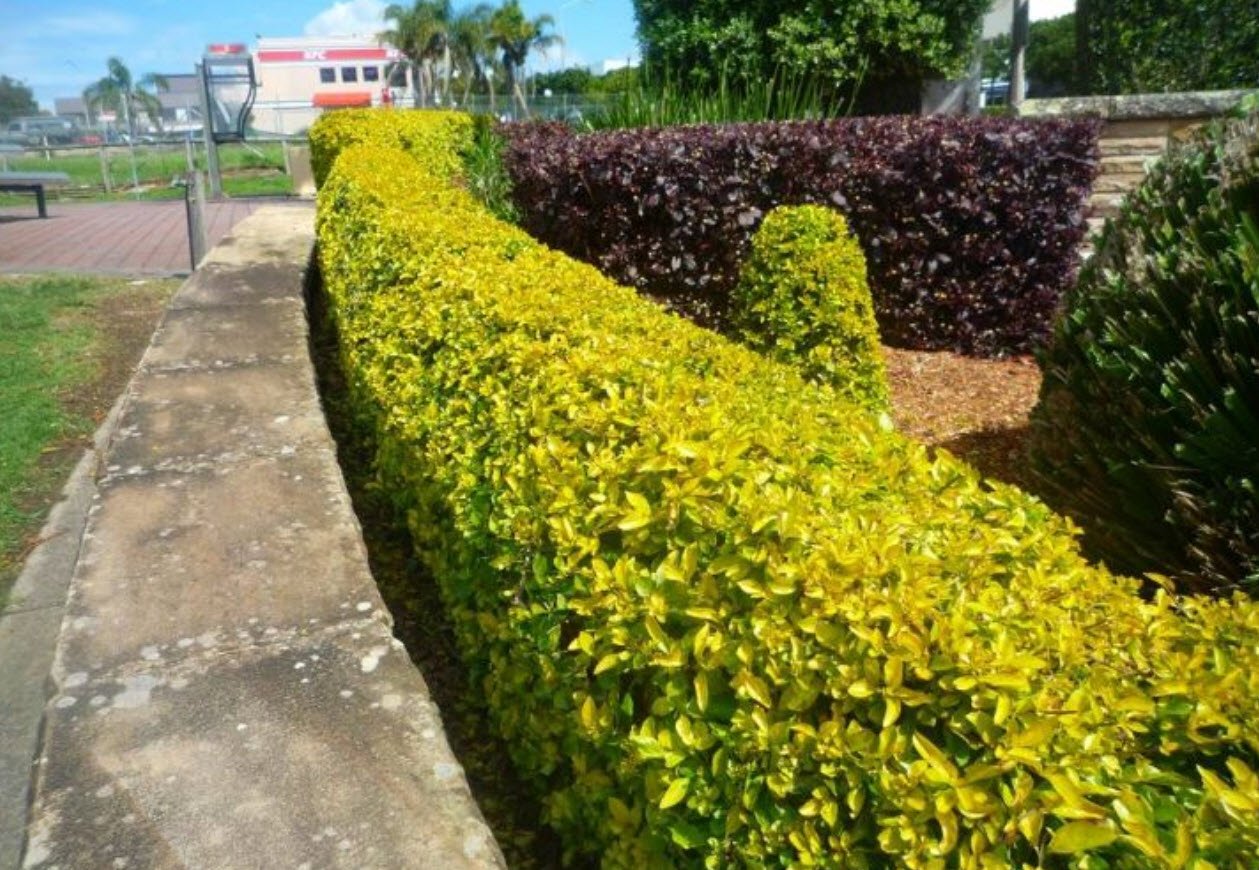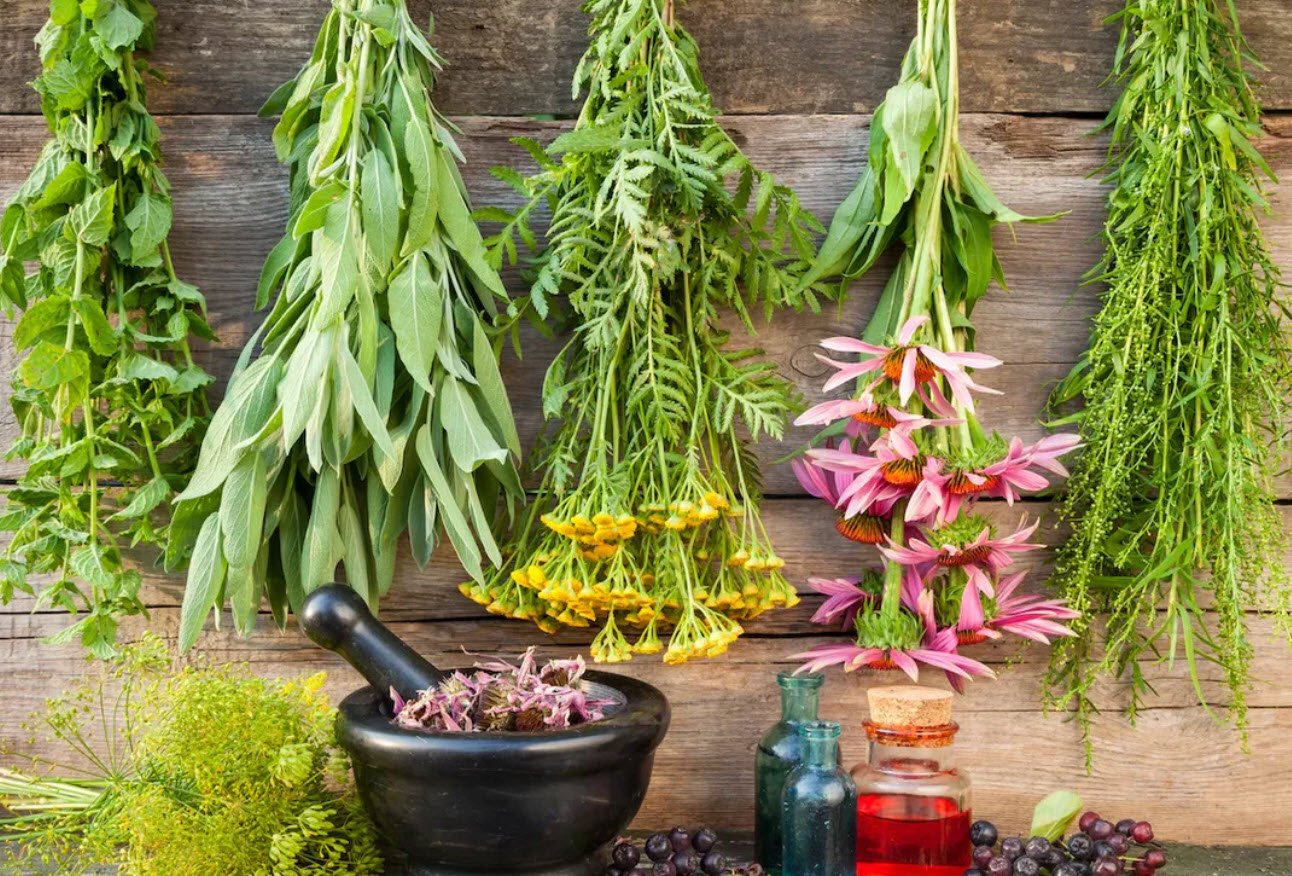
A flower or leaf cut from a plant has a short, though beautiful, life. It is possible to prolong this for a little while by a few methods.
Also Read: Formal and Informal Styles of Gardens
Flower arrangers use the term ‘conditioning’ to refer to the preparation of cut plant materials for a long life, the filling of stems with water, and prevention of wilting.
- A bucket of water at room temperature should be carried into the garden and the cut flowers should be immediately plunged into it. This helps retain their moisture for a longer period of time.
- Plant material should be cut at a slant, using sharp scissors or knife, either early in the morning or after sunset. At this time, they are crisp and filled with moisture.
- As a general rule, it is best to cut flowers before they reach maturity.
- Carry cut flowers in a heads-down position so that heavy-headed flowers will not snap off.
- Wrap the flowers in newspaper till the neck of the flowers. Plunge this bunch into a bucket of water for 3-4 hours or overnight to condition. This is called ‘hardening’. In case of foliage, submerge them in water for about 2 hours.
- Use a good pruning knife or scissors to make clean, slanting cuts, causing minimal damage or bruising to the little ducts in the stem which carry water.
- Make slanting cuts in stems rather than straight ones – preferably underwater, as this helps expose a larger surface area for water suction by the stems.
- When stems are woody, they may be cut crushed or split at the end, e.g. cherry, etc.
- To revive wilting flowers, snip off half an inch of the stem underwater and plunge in a deep container of water. Dead flowers should be cut off.
- Re-cut any stem that has been left out of water, doing this underwater if possible and removing about 2 inches of the stem.
- To reduce underwater decay, strip the stems of all foliage and thorns that fall below the waterline
- Never place a fresh flower arrangement where it will be exposed to direct draughts from a fan or window. To prevent dehydration, keep cut flowers away from direct sunlight and large appliances as well.
- Do not put flowers near a bowl of citrus fruits as they emit ethylene gas when ripening, which causes wilting of flowers.
- Prolong the freshness of the arrangement by spraying with lukewarm water from a mister morning and night.
- Change the water everyday if the arrangement is meant to last a while. Never use chilled water, as cut stems fare best in warm water of about 45 degree Celsius.
- Listerine, ammonia, charcoal, salt, lemonade, sugar, camphor, aspirin added in small amounts to the water, or commercial cut-flower preservatives slows down bacterial growth, thus prolonging the life of flowers.
- Use clean containers to prevent premature fouling and bacterial growth. Do not use aluminium containers for flowers.
- Every 3 days, re-cut the stems, clean the vase, completely replace the water, and add more preservative.
Styles of Flower Arrangement
Flower arrangement is an attractive art form that is commonly used in hotels. Different arrangements are placed at different places, and according to the occasion. The following are some common styles of floral arrangements:
- Based on angle
- All-round arrangements
- Facing arrangement/ flat-back arrangement
- Based on the space present in the arrangement
- Mass style
- Line style
- Triangular shape
- Vertical line
- Line mass style
- Circular shape
- Crescent shape
- Fan shape
- Hogarth or ‘S’ shape
- Ikebana (Japanese/ Oriental Flower Arrangement)
- Ohara
- Miscellaneous Style
- Parallel style/ European style
- Landscape style
- Foliage arrangement
- Dried flower arrangement
1. BASED ON ANGLE
All-round arrangements:
This arrangement is designed to be seen from all sides and is therefore chosen for a table or a room centrepiece.
Facing arrangement/ flat-back arrangement:
It is designed to be seen only from the front and perhaps from the sides. It is therefore chosen for placement on a shelf or sideboard.
2. BASED ON THE SPACE PRESENT IN THE ARRANGEMENT
Mass style – Little or no space is enclosed within the boundary of the arrangement. This style is originated in Europe.
Line style – In this style, open spaces within the boundary of the arrangement are the main feature. Most of the display is line material. The basic feature of a line design is limited use of plant material with support often provided by a pin holder.
Triangular shape – It is a popular shape for symmetrical arrangements. The first step is to establish lines of height and width, usually with flowers or foliage of finer form or paler colour. The next step is to establish a focal point of interest with large or darker-colored flowers. Fill in with flowers of varied stem lengths, grouping colours.
- Left triangle- It is made in a shallow container with consecutive stem along the left side.
- Right triangle- like the left triangle arrangement, but the tallest stem on the right side of the container with consecutive stem.
Vertical line- A very tall arrangement placed in long and cylindrical flower vase using a very long stemmed flower like torch lilies.
Line mass style – In this style, some open space is present within the boundary of the arrangement.
Circular shape – or round shape, is an arrangement in which flowers are arranged in circular designs.
Crescent shape – it is asymmetrical and formal arrangement which requires more skill and experience.
Fan shape – the fan or horizontal shape is a good line to follow when designing flowers for the centre of the table. It is a low arrangement, symmetrical and thus attractive from every angle.
Hogarth or ‘S’ shape – this style was pioneered by an 18th century painter, William Hogarth. This is a very graceful and easier to make arrangement when curved branches and pliable stems are used. After establishing the S shape with these, flowers are filled in at the centre and just above and below the rim of the tall container.
3. IKEBANA (Japanese/ Oriental flower arrangement)
The word literally means ‘making flowers live’ in Japanese. This Japanese style has been practiced for thousands of years. These arrangements are more than an aesthetic grouping of plant materials.
They are symbolic representations of an ideal harmony that exists between earthly and eternal life. In each arrangement, there is an imaginary triangle. Its tallest line represents ‘heaven’. Facing and looking towards heaven is ‘man’.
The lowest line, looking up to both, is ‘earth’. In all such arrangements, Heaven, man and earth are represented by means of three main branches.
Shin: The main spray, is the tallest and symbolizes heaven; it ends to the central axis of the vase. This stem should be 1 1/2 to 2 1/2 times the height of the container.
See: The second highest stem represents man. It provides width to the arrangement and is about three-fourth the height of the tallest spray. This stem forms an angle of about 45 degree with the rim of the container.
Hikae: The lowest spray denotes earth. This branch is about half as tall as the one signifying man and extends very little beyond the diameter of the container, forming an angle of about 115 degrees with the rim of the container. It is placed opposite the branch signifying man and is used to balance the arrangement.
- The Japanese use tall vases as well as low bowls.
- They always use an odd number of flowers, as they believe that odd numbers are lucky as well as more aesthetic. Thus, in all arrangements, three, five, or seven flower sprays are used.
- There is no overcrowding and all the plant materials are seen as separate units, but as a part of the whole.
- There are various schools of oriental flower arrangement.
4. OHARA
School is the most popular one. In this school-
- When a flat or low container is used, it is called a moribana style. Moribana is an informal arrangement in a shallow container in which a pin-holder is used as mechanics. Landscapes are portrayed or large, colourful flowers are displayed.
- When a tall vase without a pin-holder is used, the arrangement is said to be in the hikae style.
- A formal arrangement, basically a triangular one is called the seika style which has strict rules governing the lengths and angles of the stems.
- A floating arrangement is called ukibana.
- A basket arrangement is morimano.
- A classical arrangement in a tall cylindrical vase with a flowing and natural effect is called nagerie.
5. Miscellaneous style
- Parallel style/ European style
- Landscape style
- Foliage arrangement
- Dried flower arrangement
Essentials in flower arrangement
- A good design
- Flower composition
- Right shape
- Accessories in the arrangement
- Colour of the container
While starting the arrangement, make a definite mental plan. Design on the basic form in such a way that taller and wider material goes first in a definite leading line.
Locate the focal point low and near the centre. Let the plant material partially cover the container. Avoid even number of flowers except in a formal arrangement.
Keep the height of flowers 1/2 times the width of container. Place tall arrangements in tall containers but low containers can be used for both kinds of arrangements.
Two items must never appear at the same height. Stems can be bent to obtain curves in the arrangement. Avoid crossing of stems and observe the reflection of the arrangement in a mirror.
You may also like:- Top 10 Plants You Can Grow Instead of a Fence
- Winter Sowing – Growing Resilient Plants From Seed in the Cold
- 12 Medicinal Plants You Can Grow At Home
- Effective Gardening Tips for Saline Soils
- Effective Strategies For Working With Shallow Soils
- Effective Strategies For Working With Acid Soils
- Perennial Plants: The Garden’s Timeless Beauties
- Understanding the World of Horticulture: Varieties, Propagation, and More
- Top Strategies for Dealing with Compacted Soils
- Top 6 Effective Strategies For Working With Wet Soils








